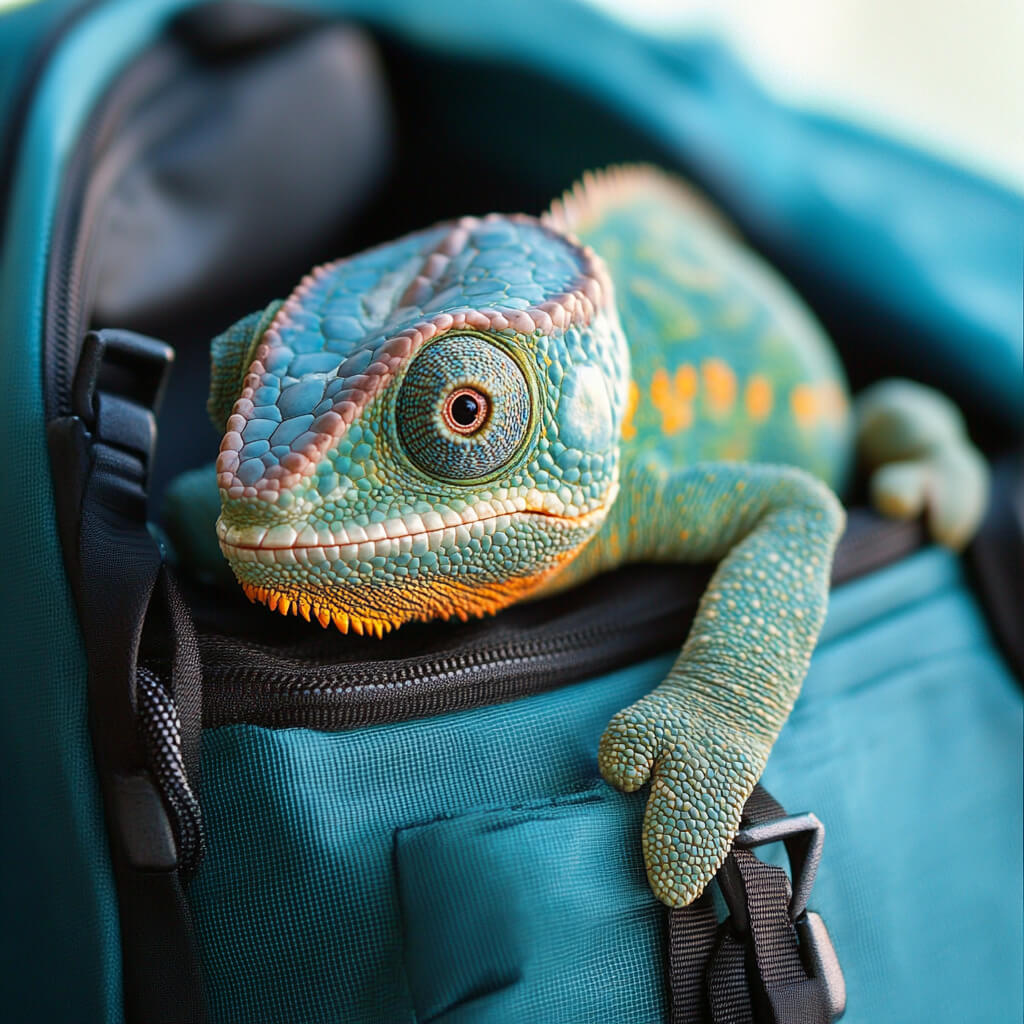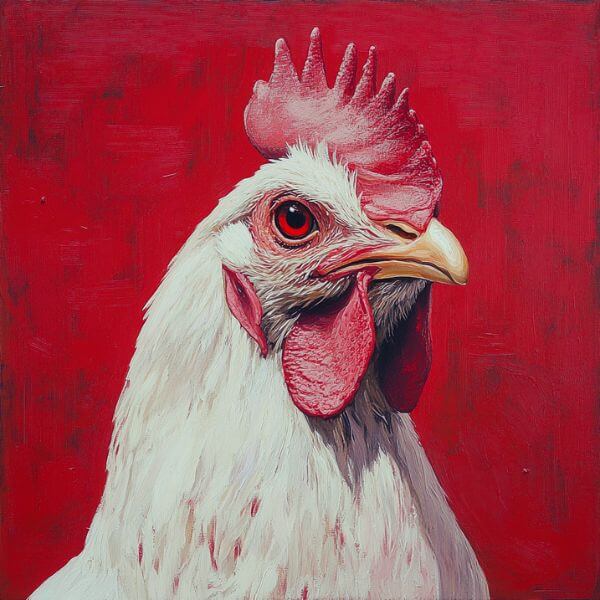Yes, chameleons can eat basil!
But don’t go stuffing your scaly friend with pesto just yet.
While basil is safe for chameleons, it should be given in moderation.
Think of it like dessert for humans – yummy, but not something you’d want to eat all day, every day.
Let’s take a closer look at why basil can be a nice treat for your chameleon.
Nutritional value of basil for chameleons
Basil isn’t just tasty, it’s got some good stuff in it too. Check out this table to see what basil brings to the table:
| Nutrient | Benefit for chameleons |
| Vitamin A | Helps with eye health and skin shedding |
| Vitamin K | Good for blood and bone health |
| Calcium | Essential for strong bones and egg production |
| Antioxidants | Boost overall health and immune system |
Remember, basil shouldn’t replace the main parts of your chameleon’s diet. It’s more like a side dish than the main course.
Potential risks of feeding basil to chameleons
Now, don’t worry too much, but there are a few things to keep in mind when feeding basil to your chameleon:
- Pesticides: If the basil isn’t organic, it might have chemicals that can harm your little buddy.
- Overfeeding: Too much of a good thing can upset your chameleon’s tummy.
- Nutritional imbalance: Basil shouldn’t replace other important foods in your chameleon’s diet.
How to safely introduce basil to your chameleon’s diet
Ready to add some basil to your chameleon’s menu? Here’s how to do it safely:
- Start small: Offer a tiny leaf and see how your chameleon reacts.
- Wash it well: Give the basil a good rinse to remove any dirt or potential pesticides.
- Chop it up: Cut the basil into small, manageable pieces.
- Mix it in: Try adding basil to other veggies your chameleon already likes.
Remember, moderation is key! A few small leaves once or twice a week is plenty.
Other safe herbs and vegetables for chameleons
Basil isn’t the only green treat your chameleon can enjoy. Here’s a list of other safe foods for chameleons:
- Collard greens
- Mustard greens
- Dandelion greens
- Bell peppers
- Squash
- Carrots (in moderation)
Mix it up and give your chameleon a variety of veggies to munch on!
Best practices for feeding chameleons
Feeding your chameleon right is super important for keeping them healthy. Here are some tips to remember:
- Insects are important: Most chameleons need insects as their main food source.
- Variety is key: Offer different veggies and insects to ensure a balanced diet.
- Calcium is crucial: Dust food with calcium powder a few times a week.
- Water matters: Make sure your chameleon always has clean water to drink.
- Schedule it: Feed adult chameleons every other day, and babies daily.
FAQs about chameleons and basil
How often can chameleons eat basil?
A few small leaves once or twice a week is plenty.
Can all chameleon species eat basil?
While most can, it’s best to check with a vet about your specific species.
Is wild basil safe for chameleons?
It’s safer to stick with store-bought or homegrown basil to avoid pesticides or parasites.
Should basil replace insects in a chameleon’s diet?
Nope! Insects should still be the main part of their diet.
Can baby chameleons eat basil?
It’s best to wait until they’re a bit older before introducing basil.
Conclusion
Basil can be a yummy and healthy treat for your chameleon when given in moderation.
Remember to keep their diet varied and balanced, with insects as the main course and veggies like basil as occasional side dishes.
Every chameleon is unique, so what works for one might not work for another.
When in doubt, it’s always a good idea to chat with a reptile veterinarian.
They can give you personalized advice to keep your color-changing companion in tip-top shape.
Happy feeding, and may your chameleon’s colors be ever vibrant!







Leave a Reply